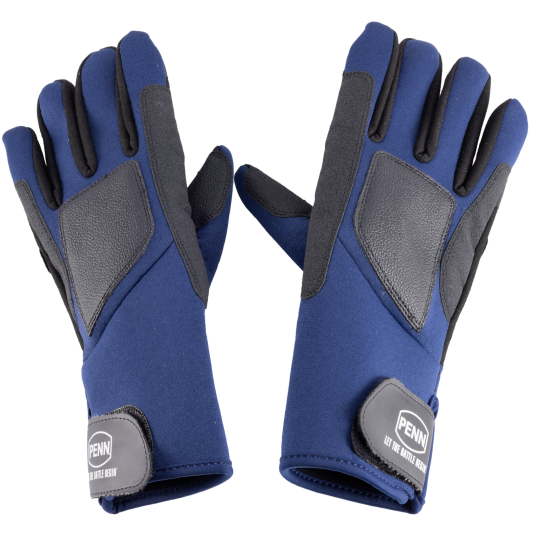
Gloves Penn Leader Gloves
Shipping 24 H
- New
Cookies management panel
This site uses cookies and gives you control over what you want to activate. Cookies are used for ads personalisation.Tuna fishing is an exciting and demanding activity, which requires suitable, high-performance equipment. Whether you're an experienced angler or just starting out, it's essential to know what equipment you need to maximise your chances of success.
You'll find all the tuna fishing equipment you need in our catalogue. At the bottom of the page you'll find an overview of the different components of tuna fishing tackle: rods, reels and lures, with advice on how to choose the right one!
Our fishermen will answer your questions with passion, whether by email, chat, phone or on our social networks, so that together we can discuss the equipment that's right for you.
274 products

Shipping 24 H
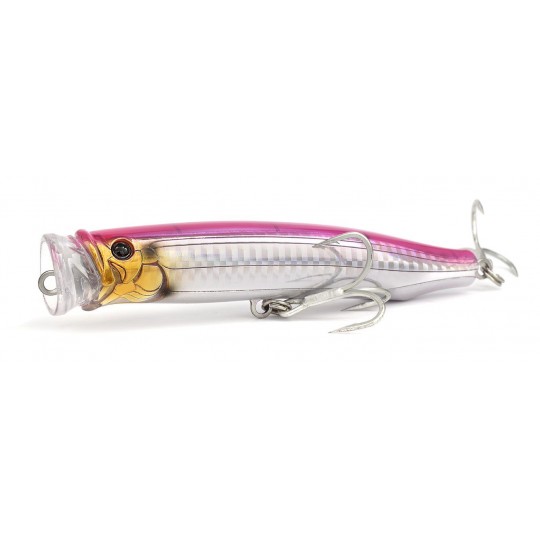
Shipping 24 H
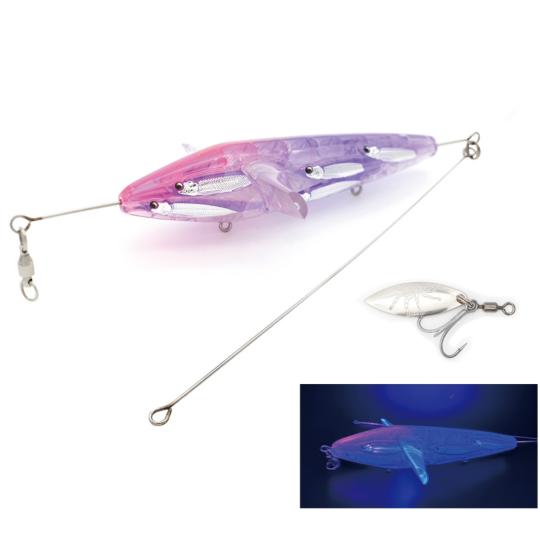
Shipping 24 H
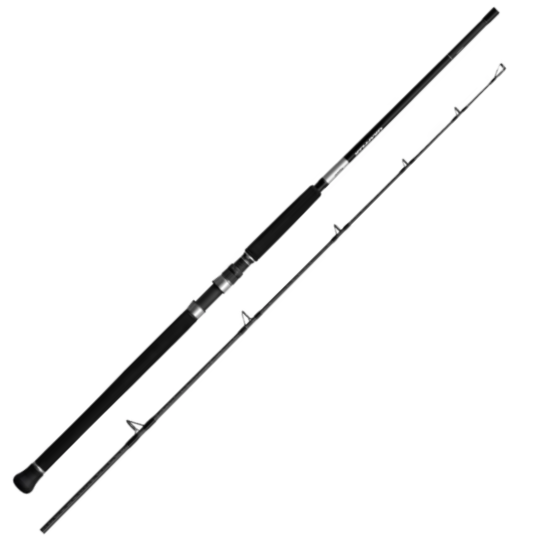
Shipping 24 H
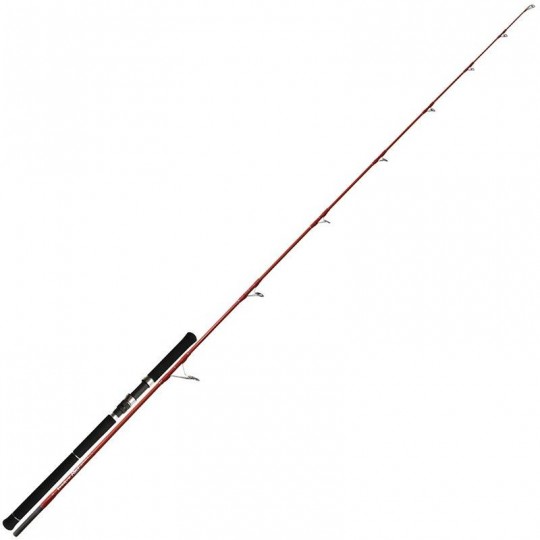
Shipping 24 H
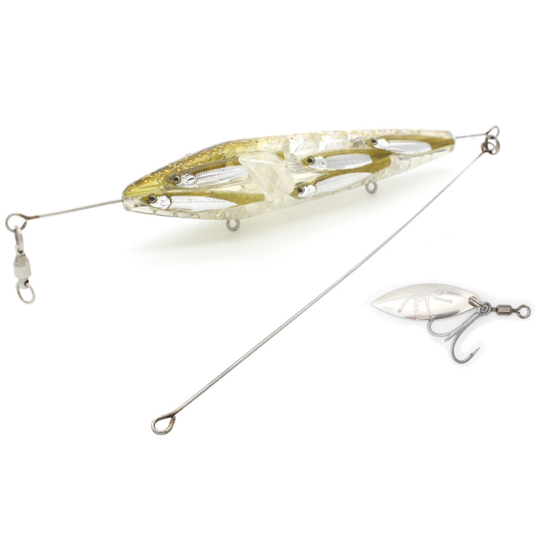
Shipping 24 H

Unavailable at the moment

Shipping 24 H

Unavailable at the moment
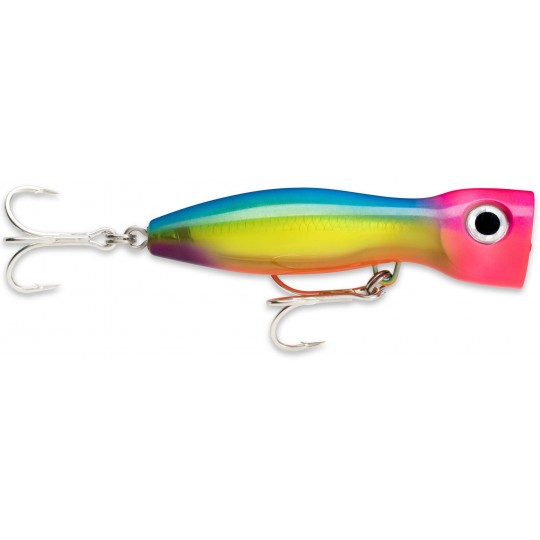
Shipping 24 H
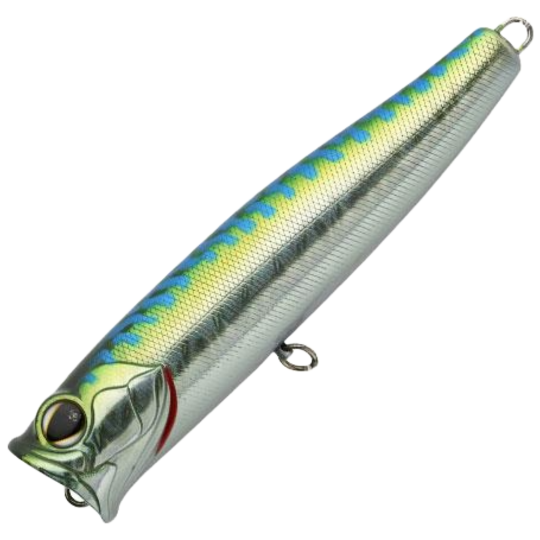
Shipping 24 H
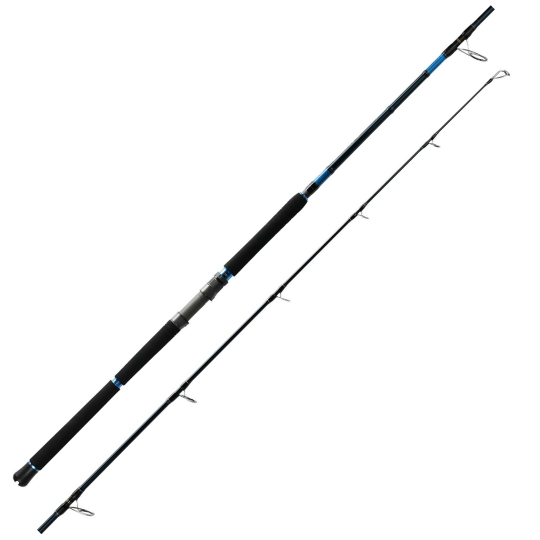
Shipping 24 H
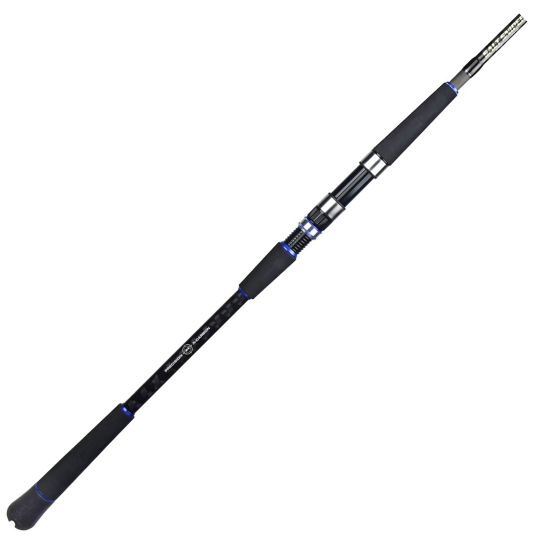
Shipping 24 H
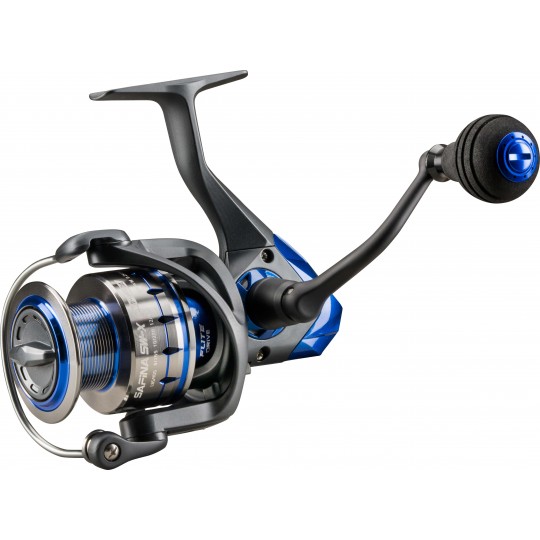
Shipping 24 H
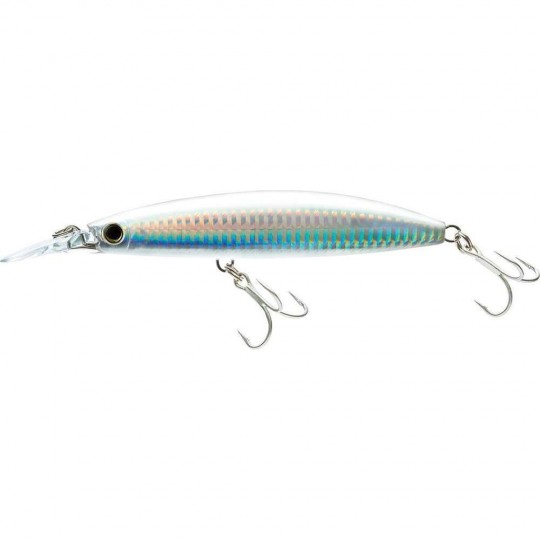
Shipping 24 H
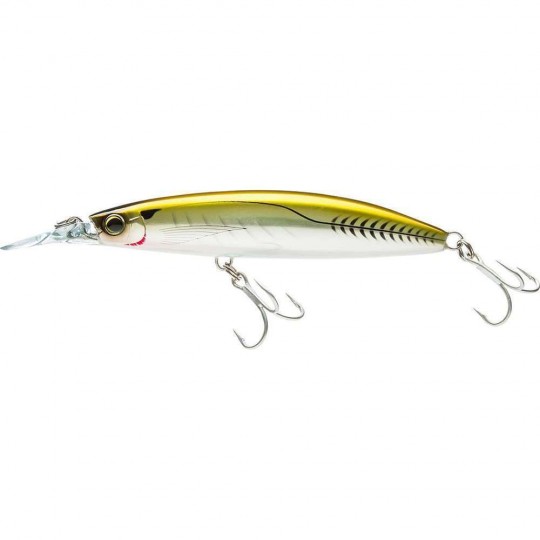
Shipping 24 H
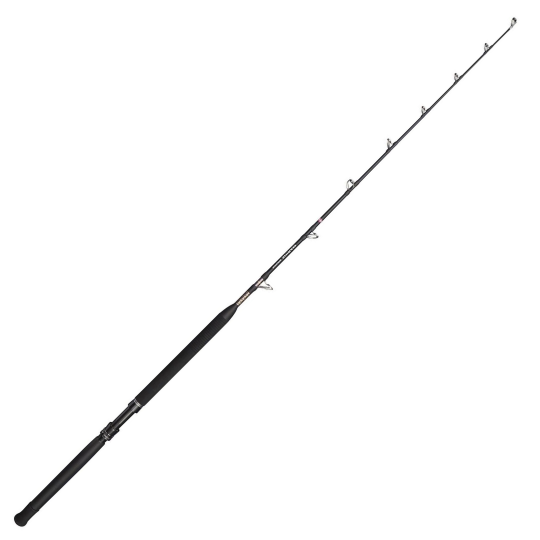
Shipping 24 H
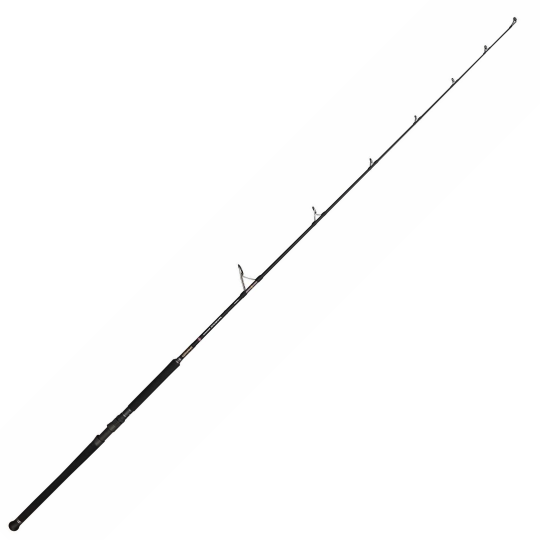
Shipping 24 H
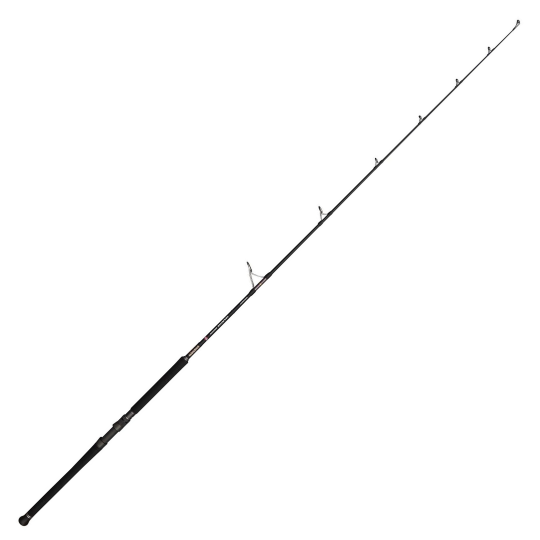
Shipping 24 H
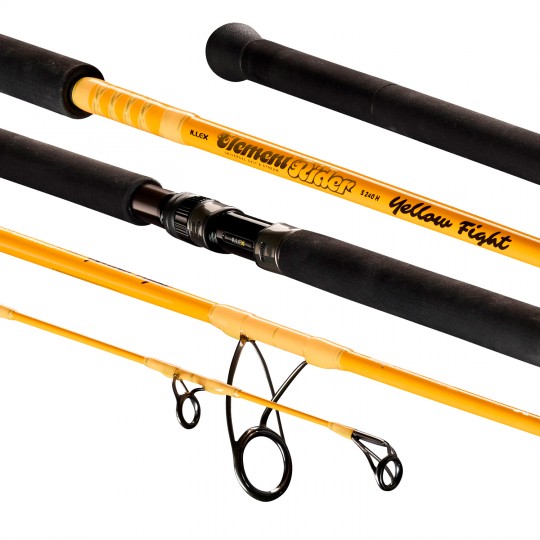
Shipping 24 H

Shipping 24 H
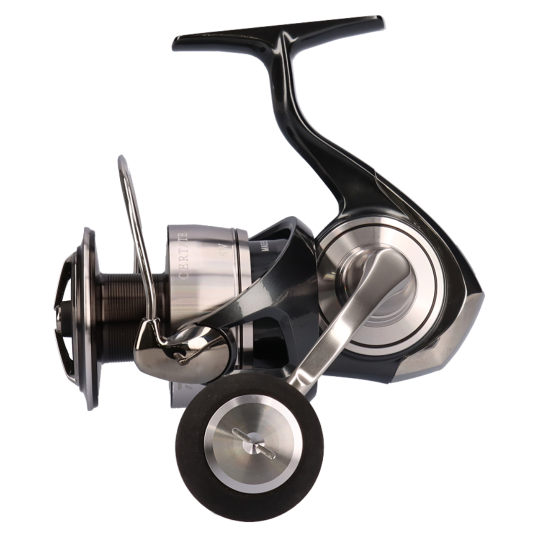

Shipping 24 H
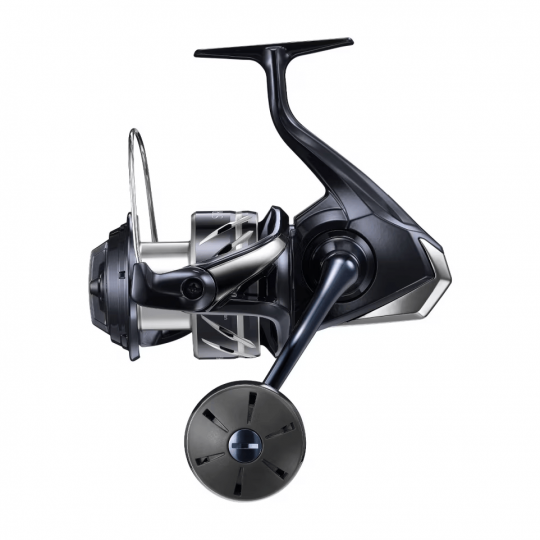
Shipping 24 H

Shipping 24 H
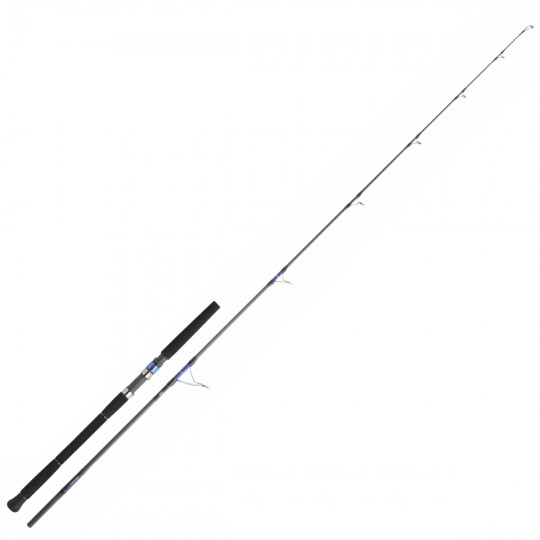
Shipping 24 H
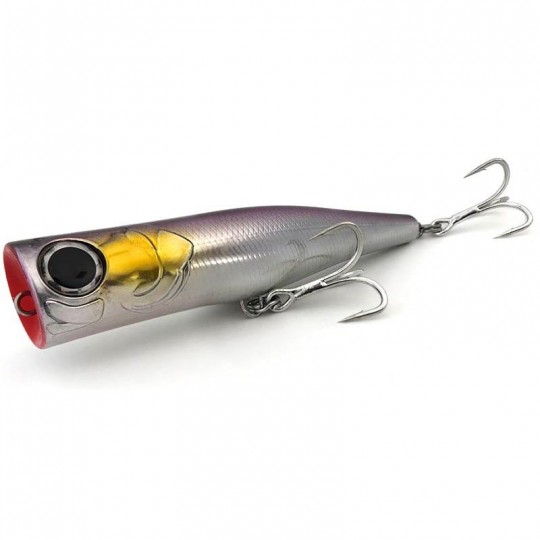
Shipping 24 H
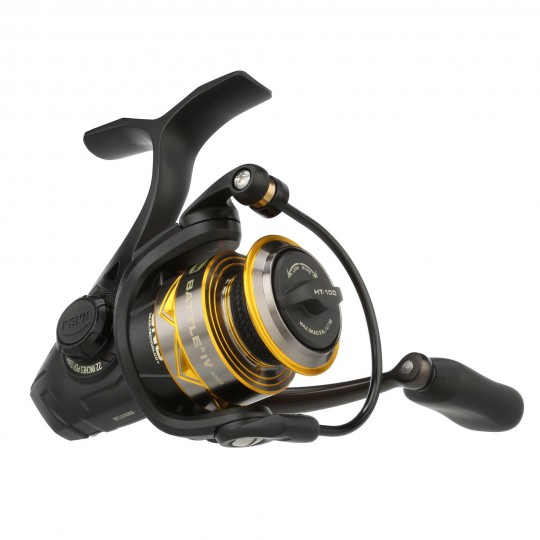
Shipping 24 H
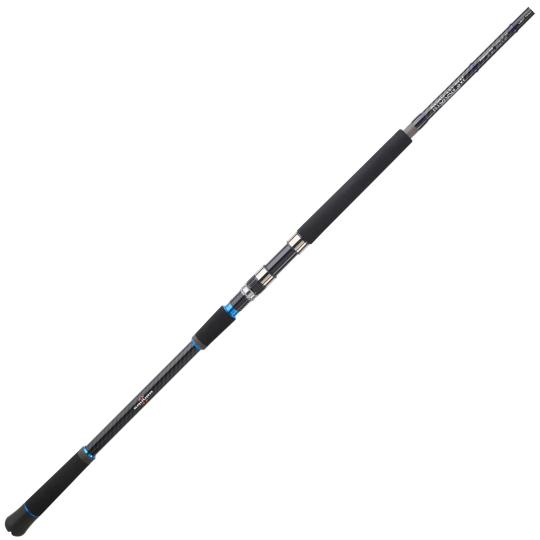
Shipping 24 H
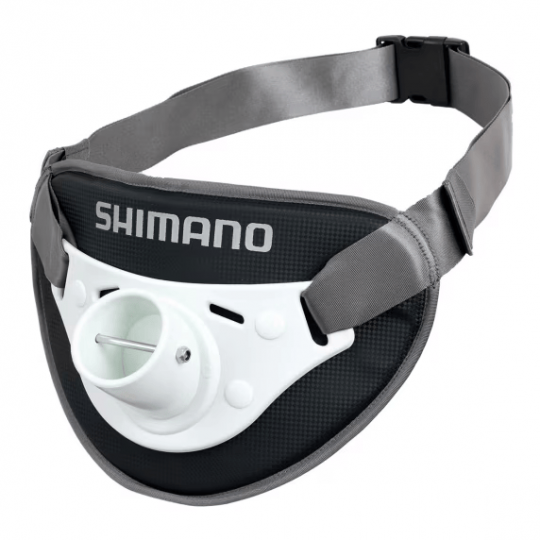
Unavailable at the moment

Shipping 24 H

Shipping 24 H
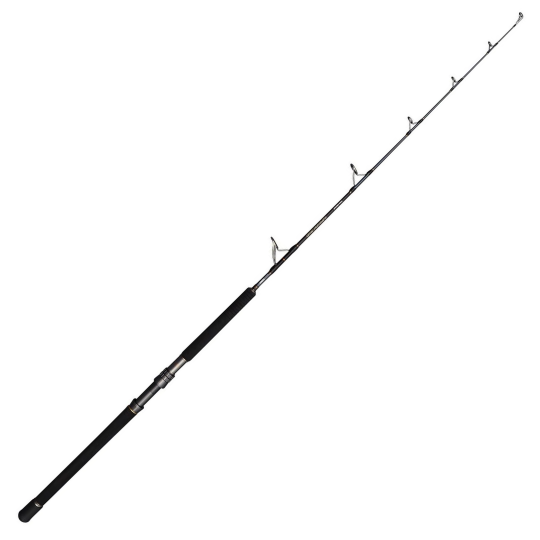
Shipping 24 H
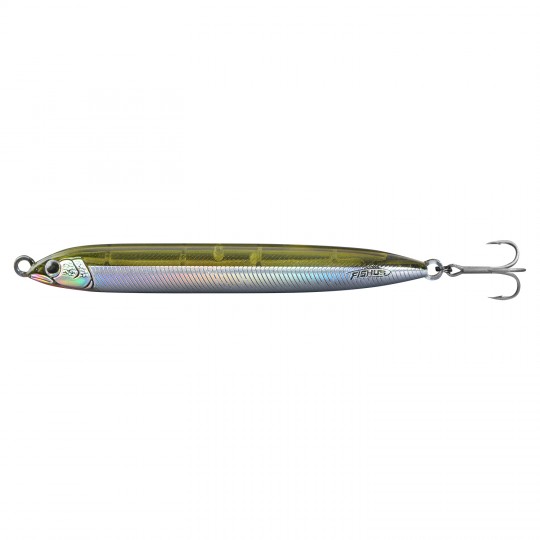
Shipping 24 H
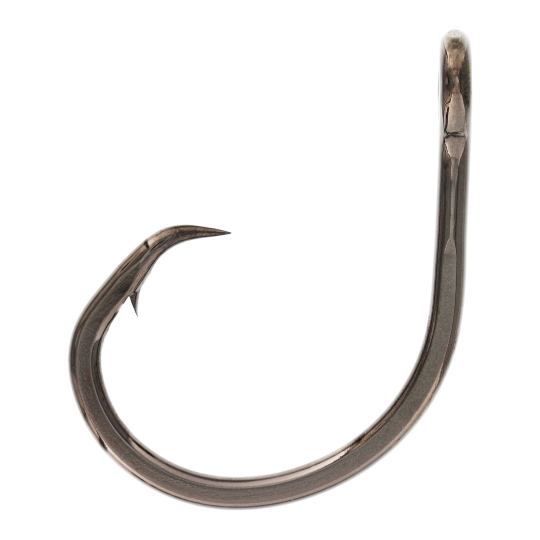
Shipping 24 H
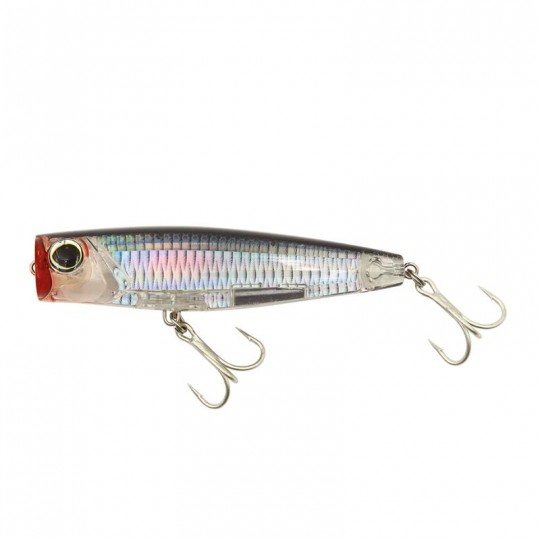
Shipping 24 H

Unavailable at the moment
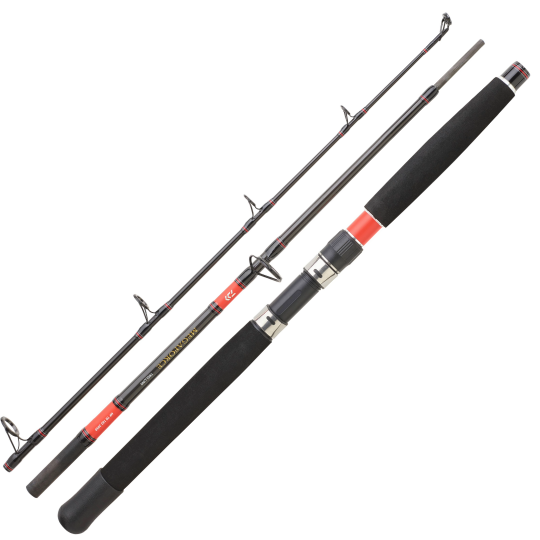
Unavailable at the moment
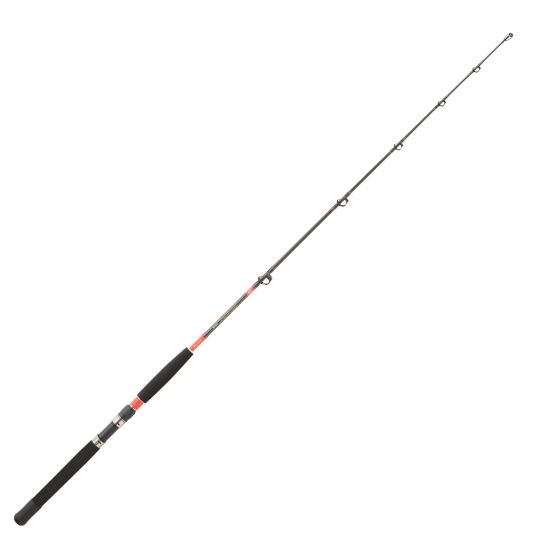
Shipping 24 H
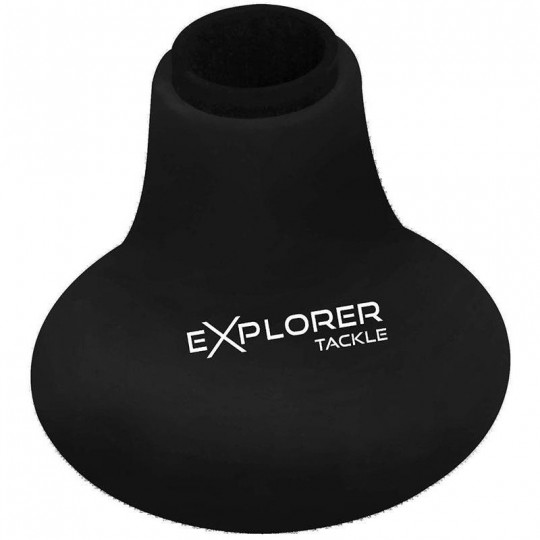
Shipping 24 H
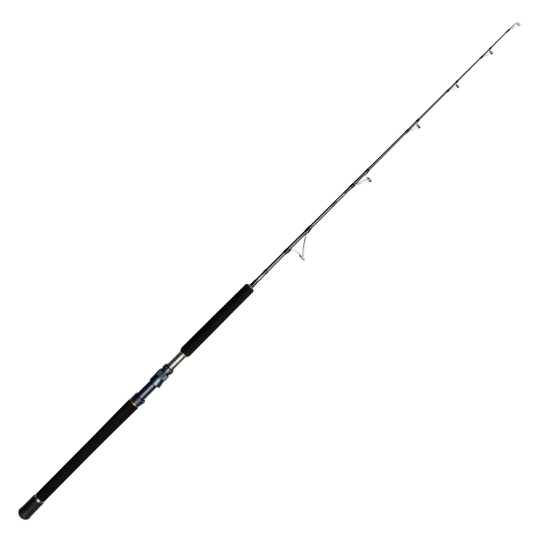
Shipping 24 H
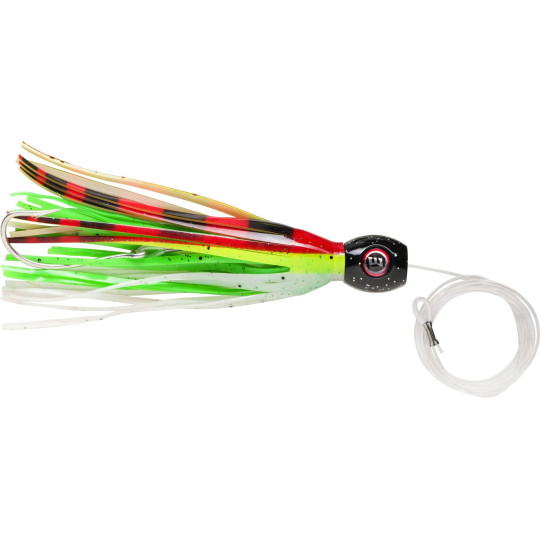
Shipping 24 H
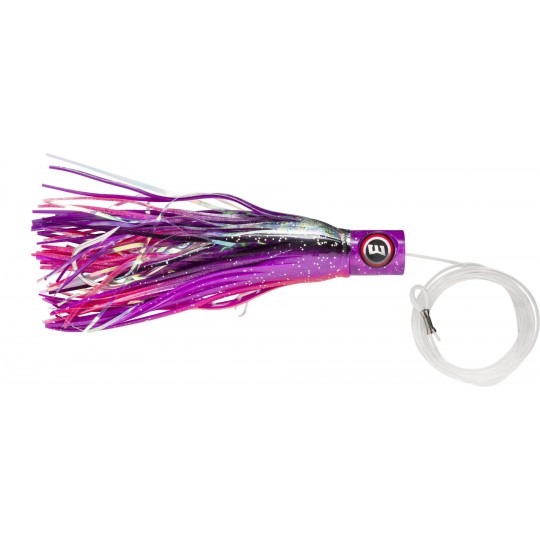
Shipping 24 H
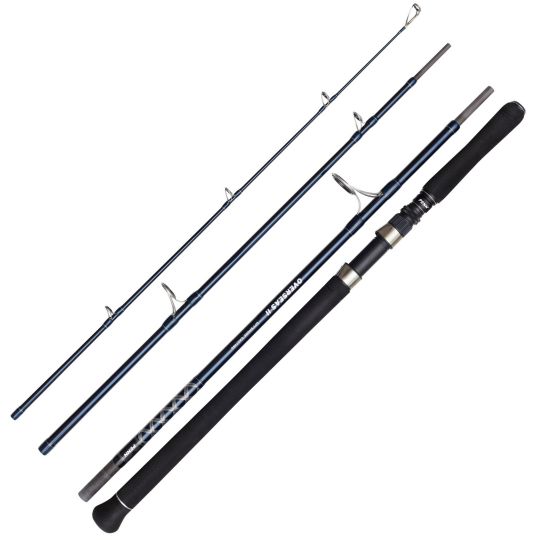
Shipping 24 H
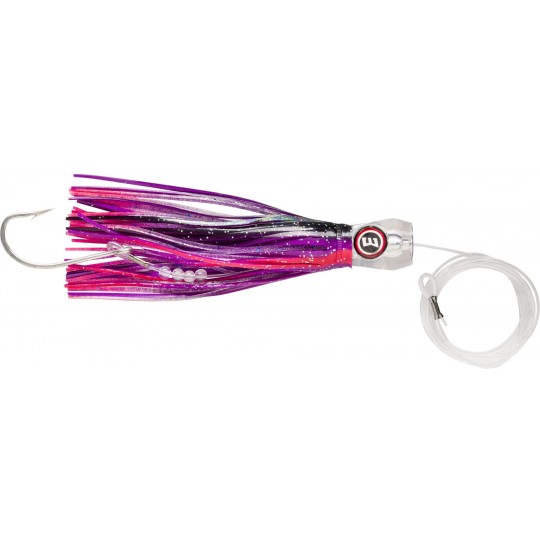
Shipping 24 H
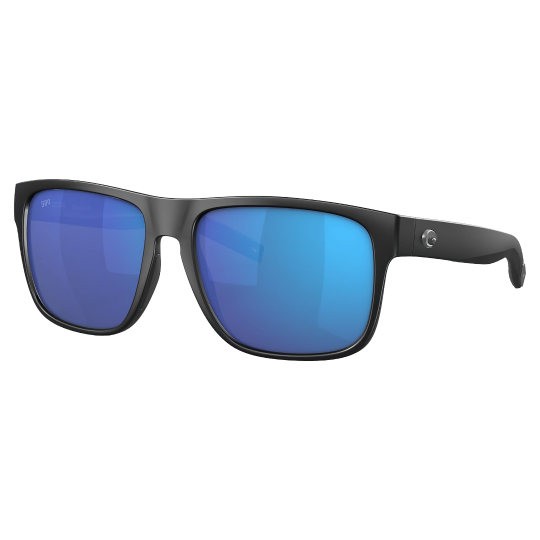
Shipping 24 H
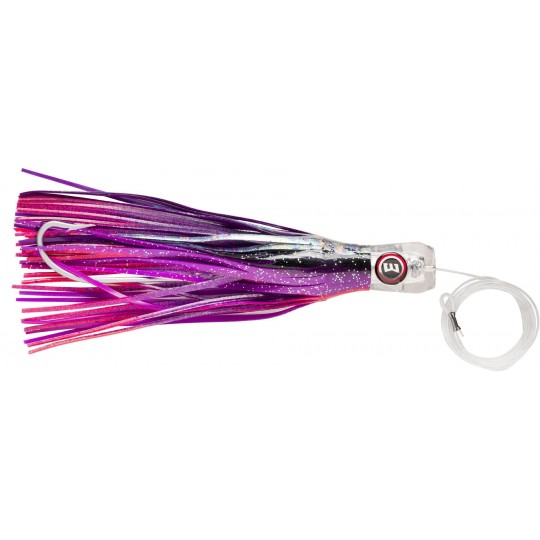
Shipping 24 H
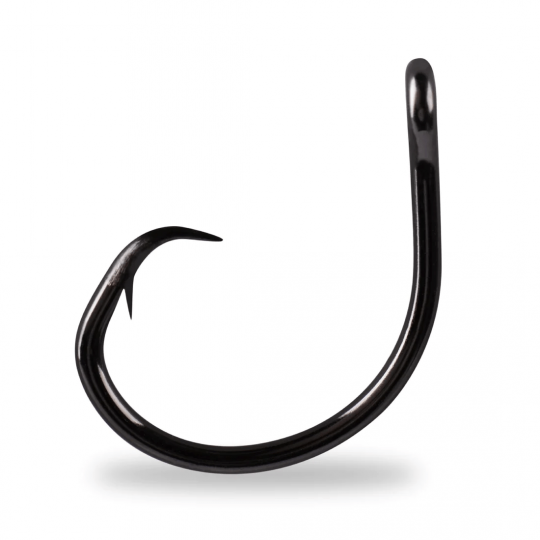
Shipping 24 H
There are several types of fishing rod suitable for tuna fishing. Your choice will depend mainly on the type of fishing you want to do ( trolling, casting, jigging) and the specific characteristics of the fish you are after (size, weight).
trolling The rod is designed to hold a lure at the right depth behind a moving boat. It is also designed to withstand the power of the tuna when it bites the hook. It must be strong and rigid enough to effectively control the catch. A length of between 1.80m and 2.40m is generally recommended.
The rod casting line is ideal for anglers who want to reach great distances with their lures. It needs to be light and powerful to make it easy to cast the lure while ensuring good control when retrieving the fish. A length of between 2.10m and 2.70m is preferred by many anglers. This type of rod is used for hunting tuna with lures such as popper-type surface lures.
The rod for jig fishing is characterised by its versatility and adaptability to different fishing situations. It needs to be as easy to handle as possible when animating the lure and absorb the shocks generated by tuna attacks. To achieve this, choose a rod between 1.80m and 2.40m in length. Shorter than the rod casting reel, it takes up less space and allows you to fish effectively close to the boat.
Choosing the right reel is also crucial to successful tuna fishing. Tuna reels must have sufficient line capacity to cope with the powerful strokes of the fish and offer a regular spool to avoid tangles. After all, tuna is one of the fastest fish in the world!
Particularly popular for fishing at trolling, the spinning reel offers excellent resistance and is very practical for controlling line tension. Its adjustable drag allows you to tackle tuna rushes effectively without the risk of the line snapping.
More suited to casting or jigging, the spinning reel is versatile and easy to use. It must have a powerful and precise drag to counter the violent starts of the fish and face the fight in all serenity. It can also be used for longer casting distances.
If you're hoping to catch a tuna, it's vital to use tuna accessories such as high-quality lines that can withstand the power and friability of the fish. Here are the different types of line you can use:
Nylon is a tough, elastic material that performs well for tuna fishing. Its ability to absorb shocks makes nylon lines particularly popular for fighting powerful fish.
Nylon lines braid lines are designed to offer great sensitivity and increased resistance when fighting large fish. braid also glides better through the rings than nylon or fluorocarbon. This makes them very popular for lure fishing. On the other hand, they are more sensitive to abrasion and require special care to avoid line breakage.
Renowned for its invisibility underwater, fluorocarbon is often used as a leader to fool wary tuna. Offering high abrasion resistance, it is also highly prized for making strong, resistant knots and its low elasticity.
To complete your tuna fishing equipment, here are a few tuna fishing accessories you should have to hand:
In short, choosing the right tuna fishing equipment will optimise your chances of success and ensure you have an unforgettable experience on the water. Don't hesitate to consult the opinions and recommendations of other anglers to refine your choice and benefit from sound advice.